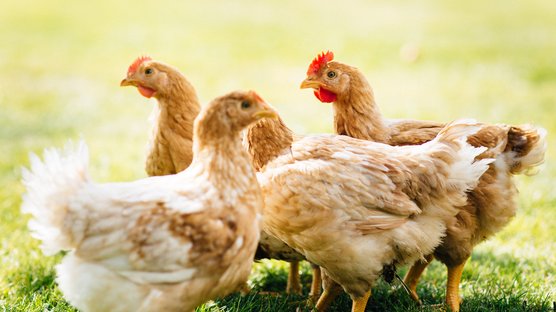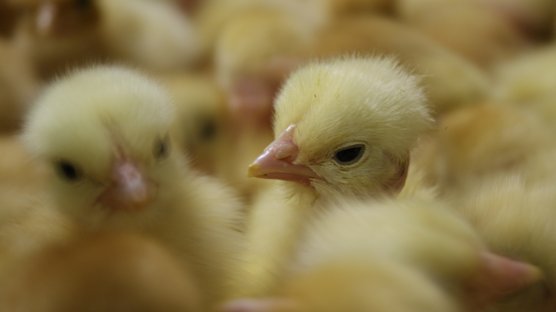
Published on June 25, 2024
Atmosphere in the livestock building
It is essential to have a good atmosphere to welcome poultry into the building, to ensure they adapt well and develop properly. In this article, we will look at the various key elements required to create a favorable atmosphere, such as ventilation, humidity, temperature and so on.
Different elements are involved in the quality of the atmosphere in a livestock building.
The figure below specifies the various elements involved in the welfare of future breeders.

Figure 102: The various environmental parameters influence each other. Knowing their respective effects helps to solve certain technical problems.
Gases
It is important that the building is sufficiently aerated to allow good circulation and good renewal of respiratory gases (O2, CO2) as well as the evacuation of combustion gases such as carbon monoxide, CO, which is also dangerous for humans. Ammonia (NH3) comes from the decomposition of droppings (urea) and when it is too concentrated in the air it irritates the respiratory tract and the eyes causing inflammations. Regulation of the concentration of these gases is conducted mainly by controlling the ventilation.
Humidity
Generally in the environment the humidity of the air results from the local climate. In certain weather conditions the humidity levels can be very high. This slows or even prevents the litter from drying. It is naturally humidified by droppings. Moist litter and droppings that do not dry encourage the multiplication of pathogens and cause pododermatitis. Moreover when the temperature is high, it becomes even more difficult to cool the animals. Humidity is controlled by managing the ventilation.
Ventilation
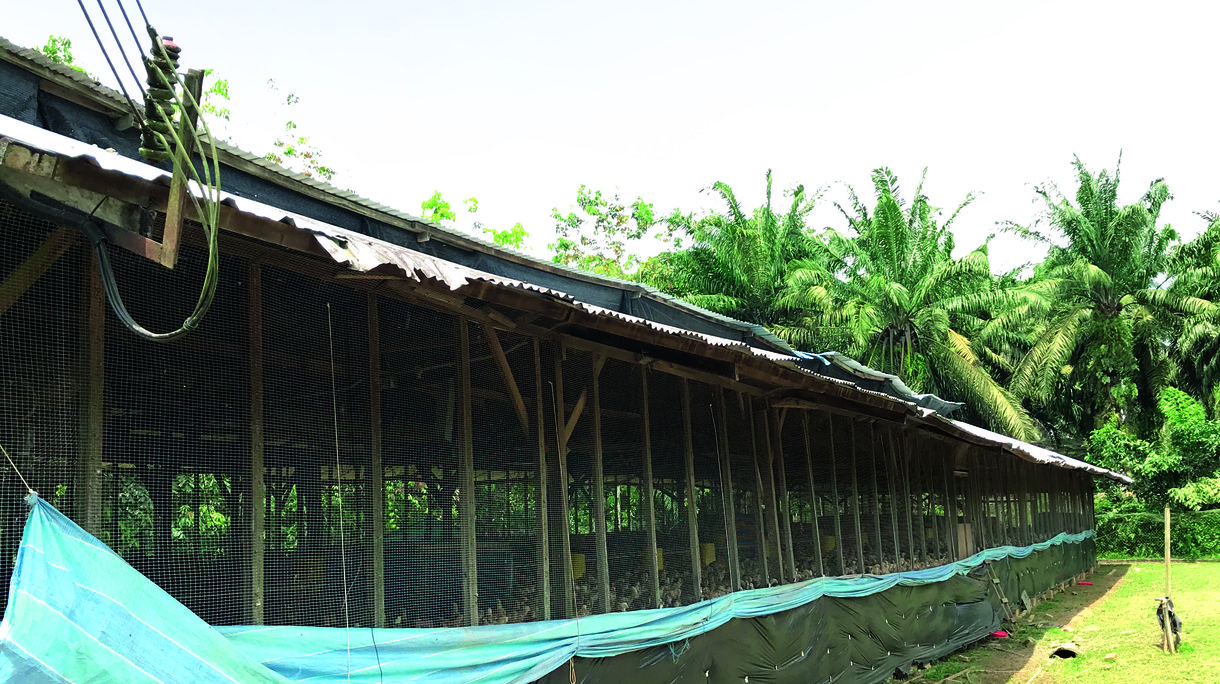
Figure 103: In countries with occasional heavy rain and wind, it is useful to be able to control the opening of the shutters to protect the animals. This also sometimes protects the birds from direct sunlight, which can make them aggressive.
Ventilation is an essential element in the atmosphere in livestock buildings. There are numerous systems from static to dynamic ventilation. It is important to be able to control, as far as possible, the renewal of air flows through the building and their temperature. Insufficient air flows allow harmful gases (CO, CO2 and ammonia, NH3 ) to accumulate and raise the temperature whilst allowing the litter to remain damp. Conversely, excessive flows may bother the animals and decrease the temperature too far.
Whether dynamic or static, ventilation makes it possible to renew ambient air:
- by providing oxygen,
- by evacuating noxious gases, such as ammonia,
- by removing dust,
- by regulating the humidity in the building.
In contrast, any draught can influence the thermal comfort of the future breeders by acting on the heat transfers set up by convection. Generally hens and roosters detest draughts.
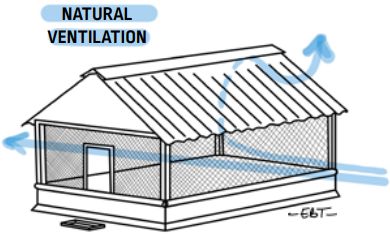
Figure 104: With openings at the sides and in the roof, a good building orientation ensures natural cross ventilation. It can be controlled by adding walls that are adjustable in height.
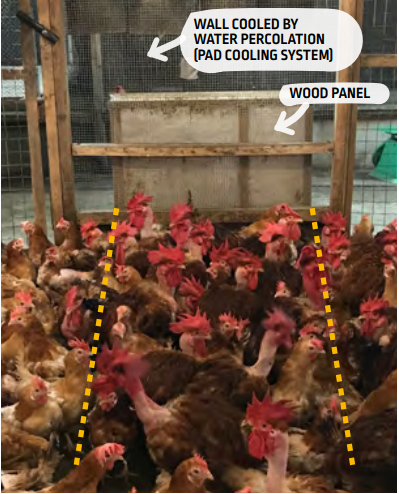
Figure 105: This closed building, ventilated via a water cooling system, is located in a very hot country (Malaysia). The naked neck males do not tolerate the cold air flow and try to protect themselves behind the wooden panel. Ventilation must be reduced.
Our “naked neck” male strains are more resistant to heat but more sensitive to cold. Observing their behaviour (abnormal grouping) sometimes makes it possible to identify a ventilation problem in rearing and in production.
Technical tip
If it is very hot it may be advantageous to diffuse a mist technique over the animals (caution, they must not get too wet). The water will move from the liquid to the gaseous state which uses energy and therefore reduces the temperature.
However be careful, this operation must be combined with sufficient ventilation and performed in quite dry ambient air, at the risk of suffocating the animals by saturating the air with humidity. The mist is only diffused if the ventilation allows. Ideally, a low pressure fogging system should be used.
Dust
Dust is litter particles, feathers, droppings and feed in suspension in the air. When the environment is too dry, the quantity of dust is very high and it can cause respiratory problems or irritate the ocular mucosa.
Technical tip
Hens are very curious animals. A small opening, a technique small hole in the roof or in a wall may create a ray of light in the building. The hens will be attracted by the light source and the dust in suspension. In some cases this may create nervousness or even suffocation. It is important to fill these small openings in closed buildings.
It is important to control the building’s humidity to prevent this situation whilst ensuring that the litter remains dry.
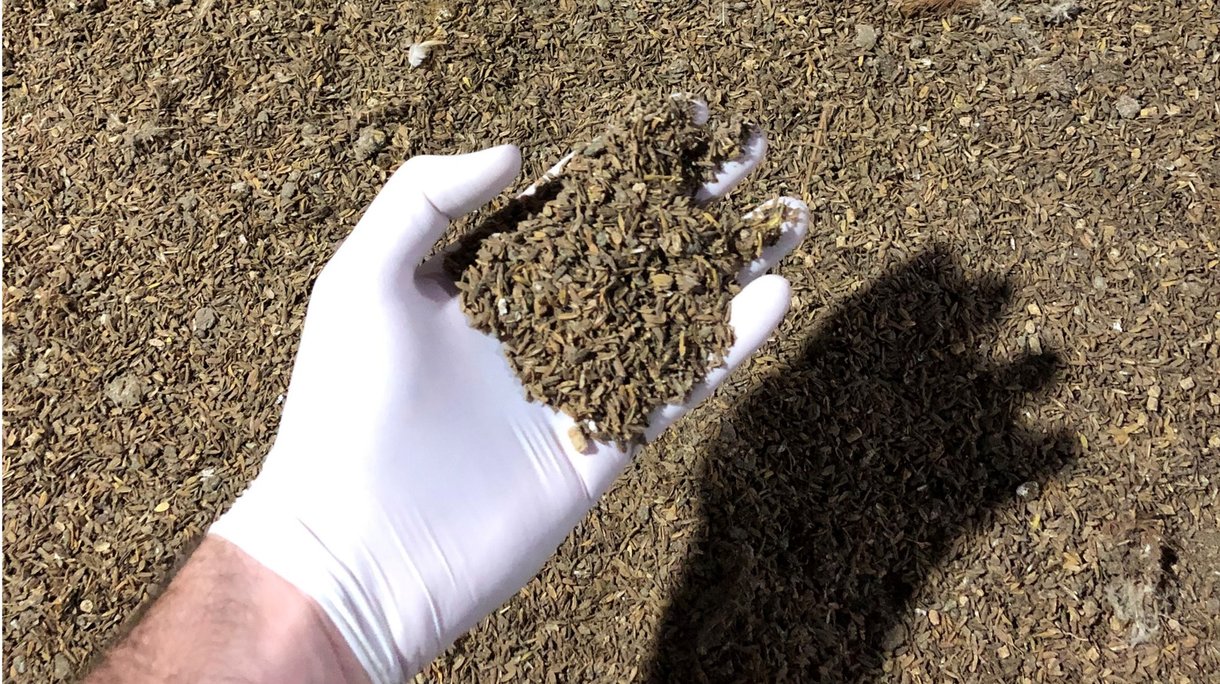
Figure 106: The litter should be crumbly and dry between the fingers.
Temperature
This parameter depends on the climate, the characteristics of the building’s insulation and air movements induced by the ventilation. Birds do not use sweating as a method for regulating body temperature so they are very dependent on their environment. The temperature should be controlled very accurately as it has a powerful effect on feed consumption, and therefore growth, and also on laying performance in production.
The temperature should be adapted to the age of the future breeders. The temperature variation should be controlled throughout the rearing period. As a reminder:

Figure 107: Even after the start the thermal balance of the animal changes. The temperature must be constantly adjusted.
Litter plays the role of heat insulator between the bird’s legs and the ground. The farmer must control the temperature of the rearing zone daily.
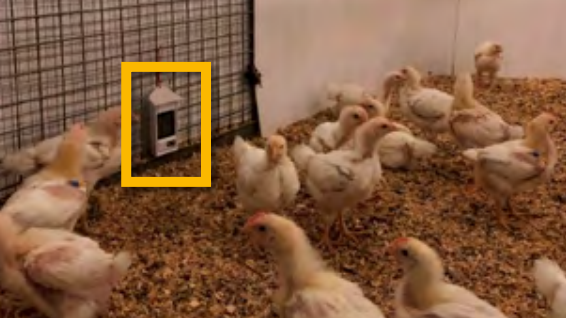
Figure 108: The temperature in the chick's living area should be monitored from the start and throughout the rearing period.
Microbial infection
The livestock building is full of microbes, most of which are inoffensive. However, some pathogens are particularly devastating when their presence becomes too significant or when they manage to infiltrate the rearing site.
Although it is possible to vaccinate the animals or supplement the feed rations for some targeted pathogens, the most important for controlling the health status of the flock is biosecurity.
The various measures taken daily and listed in this guide must be regularly assessed and called into question because their efficacy depends on strict consideration to them.
Droppings and litter
During the life of the flock, the litter is mixed with droppings, feathers, dust and feed to form matter, for which it is important to control uniformity, humidity and consistency. The ideal litter should be dry, flat, uniform and allow scratching and dust baths which regulate the amount of grease on the birds’ feathers. These qualities depend on the animals’ health (behaviour, quality of the faeces) and ventilation.
Litter is a significant reservoir of organic material and micro-organisms making it fermentable and causing a natural increase in its temperature. It produces several foul-smelling gases, amongst which is ammonia, an irritant for the respiratory tracts of humans and also the birds. So the quality of the litter can raise the temperature by several degrees and cause a critical change in the building's atmosphere.
In order to promote the movement of the animals (and for safety reasons) the farmer will ensure there are no clumps or holes in the litter.
Technical tip
At certain times in the life of the flock, such as days technique without feed during rearing, it can be useful to distribute cracked corn or whole wheat to the animals, in order to occupy them or stimulate scratching of the litter, and thus its natural maintenance. A small quantity of cereals is enough but it is important to add grit to them to facilitate digestion. To be carried out regularly. This activity promotes animal welfare and also that of the farmer!


